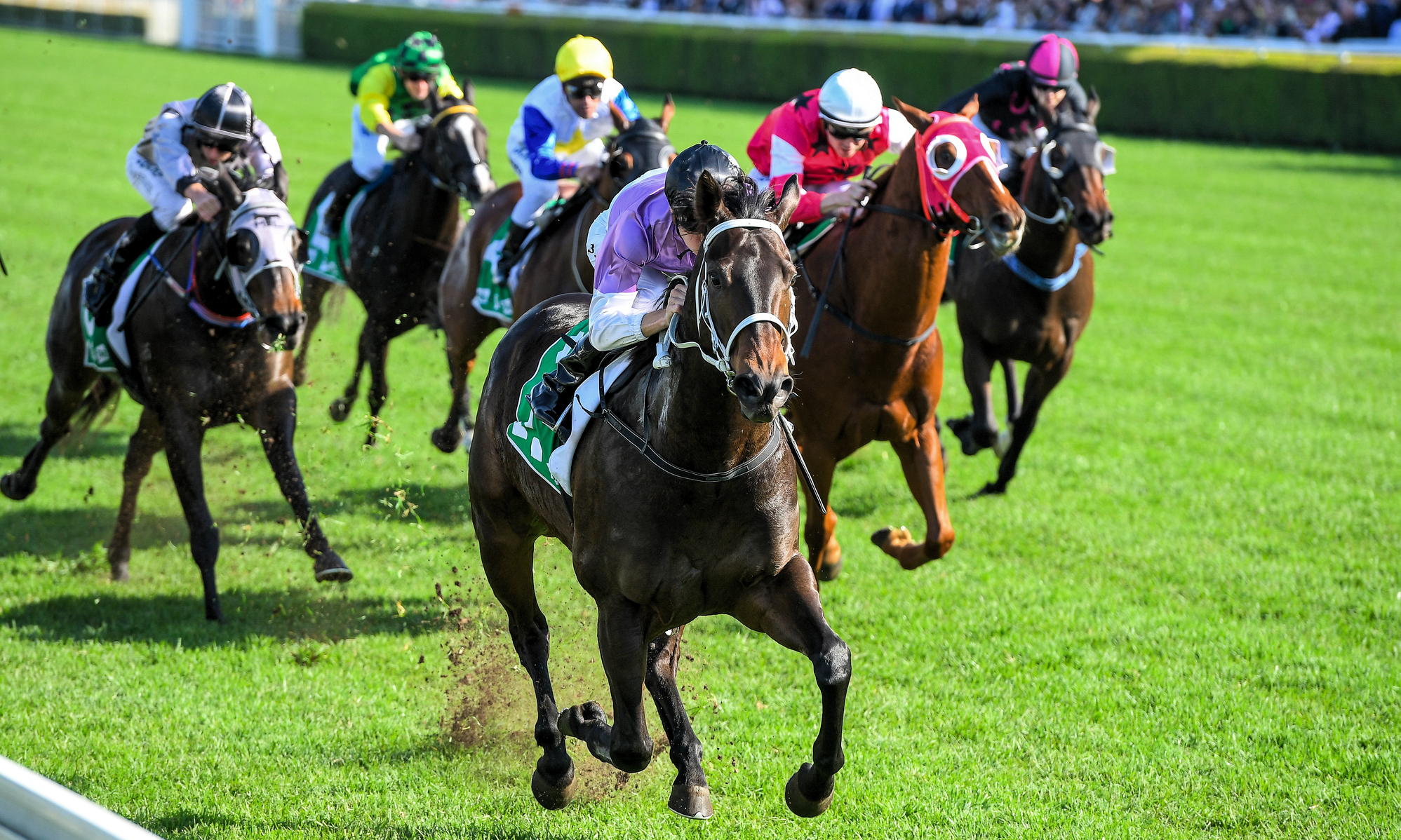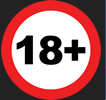 |
RacingBetter News |
| Thursday 22nd February 2024 | |
Understanding Odds: A Beginner’s Guide To Horse Racing Betting
Horse racing is one of the most popular spectator sports in the UK, with millions of fans enjoying a day at the races each year. Of the latest count, there are 59 recourses in the country, according to the British Horseracing Authority, while betting on horse racetracks is valued at GBP£3 billion as of March 2022.
For those new to horse racing, all the different types of bets and complicated betting terminology can be confusing. This beginner’s guide breaks down the basics of horse racing odds and betting to help you understand this exciting sport.

1. Expanding Your Learning Through Online Resources
In this digital age, there are many excellent online resources for expanding your understanding of horse racing odds and further analysing a runner’s winning probability.
a. Horseracing Sites
Horseracing sites like Fanodds.com provide extensive information guides with detailed statistics, analysis and insights you can use to assess chances. These have far more information than on-course racecards.
These channels also have digital forms and odds comparison information, allowing you to easily compare the latest odds from all major bookmakers on one site. Identifying odds movements and discrepancies between bookies is very valuable.
Most sites also let you watch past race replays to review performances. By rewatching previous runs yourself and comparing factors like pace, distances and sectionals to the final odds and results, you’ll advance your understanding.
b. Betting Forums
Participate in vibrant horse racing communities to exchange thoughts and get tips. Social media platforms have communities like Fan Odds Facebook to help you interpret odds from experienced racegoers and professional gamblers
c. Champion Tipsters
Many top professional tipsters offer online columns sharing expert betting advice and assessing racing odds for subscribers. Signing up can rapidly boost your own analysis skills.
With these online learning resources, you can constantly build up your own horse racing knowledge. As you gain more experience, your ability to independently interpret odds and identify potential betting opportunities will improve greatly.
2. Understanding Fractional Odds
The most common type of odds in UK horse racing are fractional odds. These quote the profit you would make on a £1 bet. For example, odds of ‘2/1’ mean that for every £1 you bet, you will receive £2 profit. Your total return would be £3 (£2 profit plus your £1 stake). Fractional odds only account for profits against your stake, not the return of your original stake as well.
The lower the first number, the more likely that horse is expected to win. Even money odds of ‘1/1’ indicate the horse has an equal chance. Odds like ‘10/1’ suggest an outsider with only a small chance of winning. Odds of 50/1 or greater are very unlikely winners. Assessing and comparing these probabilities across all runners is key to betting strategy—helping you prepare effectively before a major horse racing event.
3. Understanding the Favourites
Before each race, bookmakers produce odds representing the probability of each horse winning. The horse with the lowest (shortest) odds is deemed the bookies’ favourite, as they believe it has the best chance.
Beginners often bet on the runner most likely to win in each race. While the top runners have an implied higher probability, many races have surprises and upsets. Spreading your bets across multiple runners can improve your chances.
4. Getting To Grips With The Form
‘Form’ refers to each horse’s recent record of results and performances in previous races. Studying the form can uncover promising runners with better chances than the favourites.
Useful information in the form includes:
- Recent finishes: Horses that finished first, second or third during the last race are likely to perform just as well in the upcoming race. Also, check if they placed multiple times in recent runs.
- Winning distances: Winning by larger distances shows impressive performances. Dominant wins may indicate better class.
- Ground/distance suitability: Some horses perform better at certain courses or on grass, all-weather and firm or soft ground.
- Jockey bookings: Top jockeys can significantly impact results. Check if positive jockey switches have been made.
- Trainer record: Trainers have varying expertise levels with different horse types.
- Weight carried: Higher weights can hamper chances.

By judging aspects like these against each runner, you can spot potential each-way or upset bets with longer odds. You can rate aspects like these for each runner and compare scores to determine picks with potential, value odds and solid reasoning.
5. Analysing Track Conditions
The official ‘going’ description indicates the track surface conditions on the day. Softer ground (good to soft/heavy) tends to disadvantage front running early pace horses. Meanwhile, firmer ground runners can demonstrate their optimal form on good/good to firm ground. This going variance swing of a few seconds per furlong can significantly alter the odds between runners.
Other factors like headwinds and rain throughout a race can also impact closing sectionals. They may affect late-running hold-up horses that prefer ‘easing’ conditions. Considering how suitable each horse is for the expected and unfolding conditions is important.
Conclusion
While horse racing betting has complicated aspects, by grasping the fundamentals of odds, common bets, assessing runners and understanding conditions, beginners can feel more confident studying races and placing smarter bets.
The key is examining the race card details before determining your betting strategy. Over time, your knowledge of interpreting factors like odds, form and conditions, and weighing your options will improve – an excellent skill in this fascinating sport of kings!







